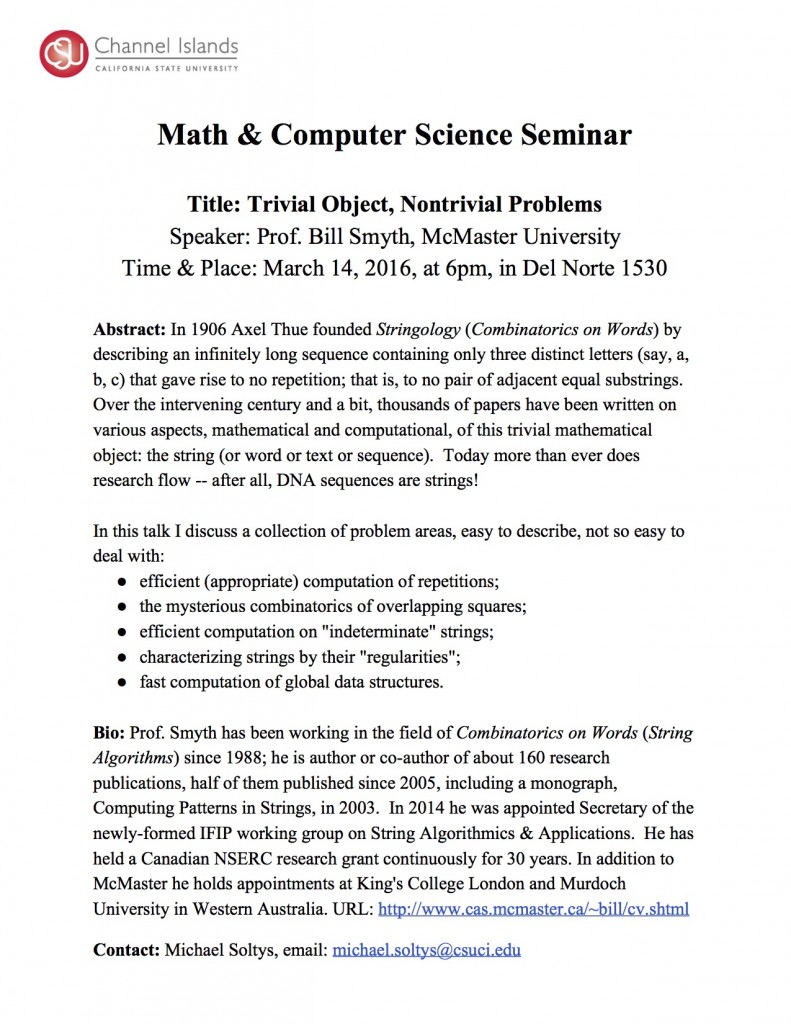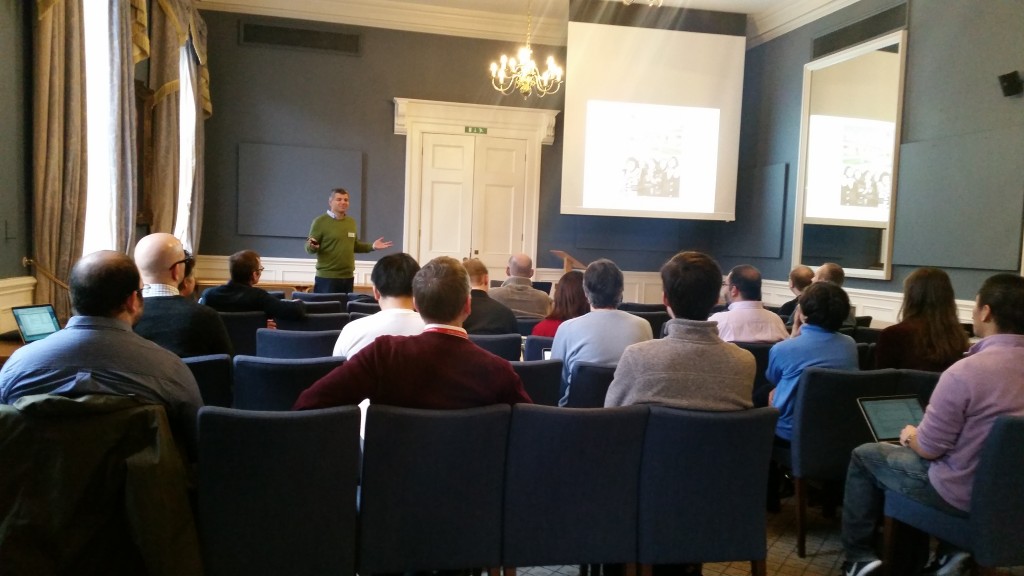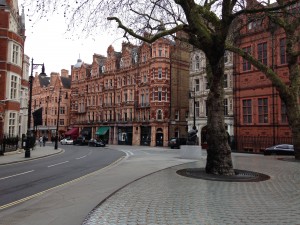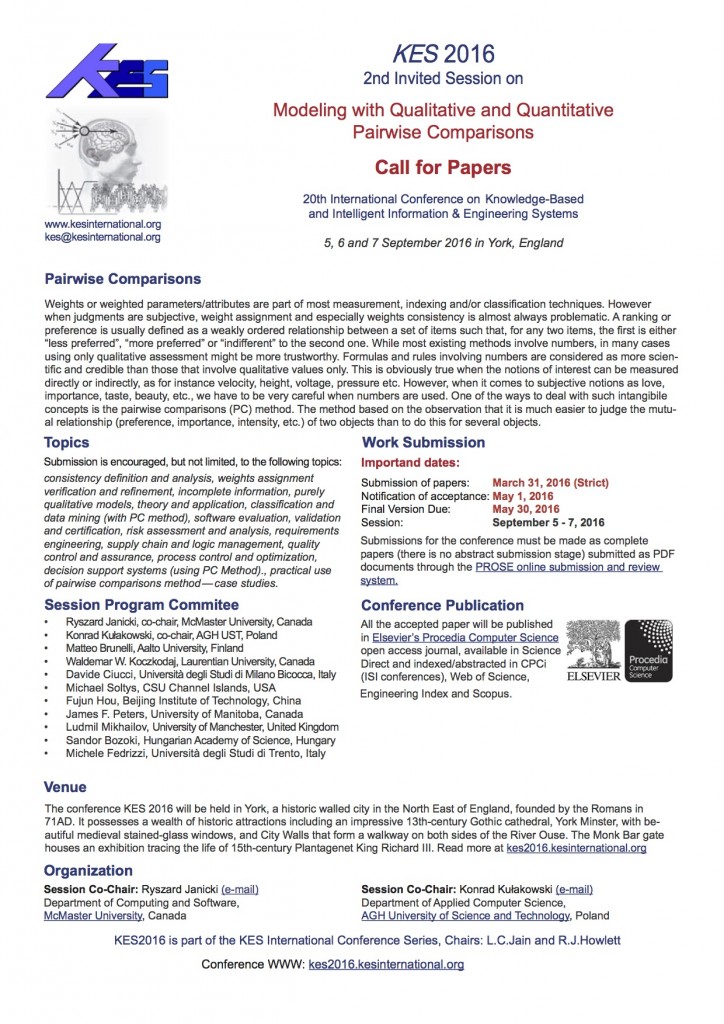AN OPPORTUNITY FOR A 10-WEEK RESEARCH EXPERIENCE FOR UNDERGRADUATE STUDENTS is available in the area of Machine Learning. The program is sponsored by the National Science Foundation and is offered by the Information Characterization & Exploitation (ICE) Laboratory at Florida Institute of Technology (FIT) in Melbourne, Florida.
Machine Learning (ML) gradually evolved as a branch of Artificial Intelligence with its theory and applications positioned at the juncture of Computer Science, Engineering, Mathematics, Statistics and, even, Physics. Nowadays, ML’s role in successfully addressing hard, real-world technological challenges has become ever more current and central. Moreover, its presence and importance now permeates several aspects not only of cutting-edge technology such as computer vision, stock market prediction and big data analytics, but also our daily life through voice-driven searches on our smart phones or movie recommendations on video streaming services to name only a few.
The program currently accepts applications in order to form a very diverse, multi-disciplinary cohort of nascent researchers for this summer. Minorities, women and people with disabilities are especially encouraged to apply.
ELIGIBILITY
Without exceptions, applicants must be:
=> Majoring in an Engineering or Science discipline
=> US citizens or permanent residents
=> Undergraduates in good academic standing
BENEFITS
=> Exposure to the exciting world of Machine Learning and its applications
=> Participate in a one-week crash course to familiarize yourself with Machine Learning
=> Work with experienced student mentors and experts in the field
=> Participate and contribute to cutting-edge Machine Learning research
=> Take part in visits to our local industry
=> Paid travel and accommodation expenses
=> Receive a competitive stipend for per diem expenses
=> Visit Central Florida venues such as Disney attractions and NASA’s Kennedy Space Center
=> Meet new people
=> Make new friends
Application Deadline: March 31, 2016
Apply online: http://www.amalthea-reu.org
For more information, visit our Web site at www.amalthea-reu.org or contact:
Dr. Georgios C. Anagnostopoulos
Director, The AMALTHEA REU Program
Associate Professor, ECE Dept.
Florida Institute of Technology
150 West University Boulevard
Melbourne, Florida 32901-6975
Phone 321-674-7125 | Fax 321-674-8192
E-mail: georgio@fit.edu


 mathematicians who work in combinatorics on words. The conference took place at King’s College, where the British computer pioneer Charles Babbage first demonstrated his prototype difference engine at King’s College in the 1840s, and then donated his machines and designs to the College (they are now in the Science Museum). The telegraph was invented here by Charles Wheatstone, a professor at the College. And not far away, the first commercial radio broadcasts in the world were made by a company that became the BBC. Across the street is the Marconi Building, which later became the headquarters of the English Electric Company, a ground-breaking British manufacturer of computer mainframes in the 1950s and early 1960s. London requires a lifetime to know, it’s architecture is especially beautiful, and my favorite activity is to wonder the streets and take refuge from time to time in a quaint pub.
mathematicians who work in combinatorics on words. The conference took place at King’s College, where the British computer pioneer Charles Babbage first demonstrated his prototype difference engine at King’s College in the 1840s, and then donated his machines and designs to the College (they are now in the Science Museum). The telegraph was invented here by Charles Wheatstone, a professor at the College. And not far away, the first commercial radio broadcasts in the world were made by a company that became the BBC. Across the street is the Marconi Building, which later became the headquarters of the English Electric Company, a ground-breaking British manufacturer of computer mainframes in the 1950s and early 1960s. London requires a lifetime to know, it’s architecture is especially beautiful, and my favorite activity is to wonder the streets and take refuge from time to time in a quaint pub.
